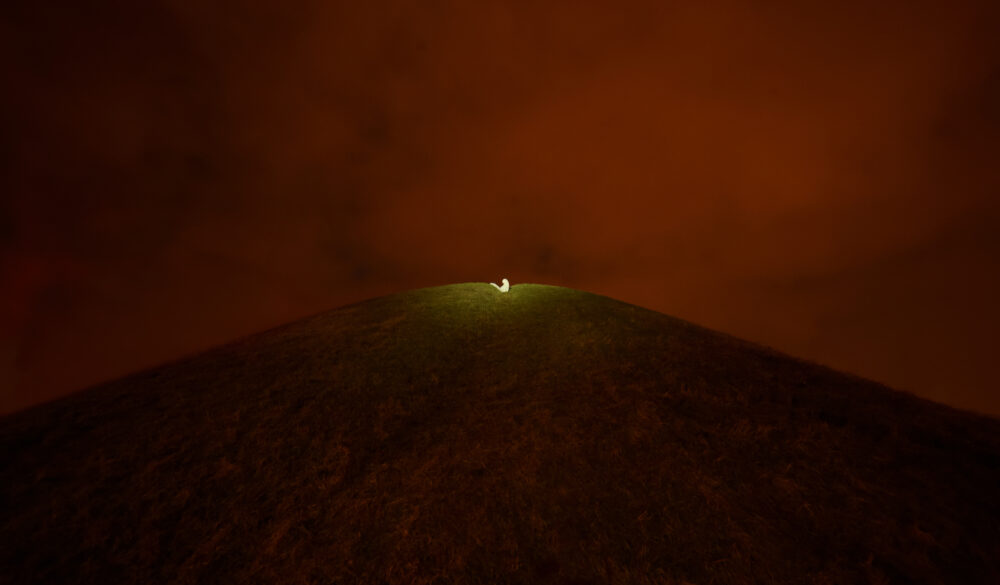
Czekalska + Golec
Janus
Malewski
Still
December 4 2014 – February 4, 2015
DO NOT FEED THE ARTISTS!
Here is an animal that does not earn its living, finds shelter everywhere, and is surrounded by unconditional love [1].
The way in which the artists treat animals says a lot about how they see themselves – their relations with animals resembles the one between the owner and the pet. The latter allows the former to reveal their personality traits or creates situations that would have never happened otherwise. This can be one of the reasons why contemporary art has rather ambivalent attitude to domestic animals. All in all, mascots do not have the wild sex appeal of William Blake’s tigers, the charm of wild creative power, or the status of a lonely outsider. Even if they enter the artistic real, then the multiplications of possibilities and the intensity of life seem banal and commonplace. Ambivalence in the attitude to pets might also come from the fact that even though artists dream of wild and powerful art, usually it is rather cautious, tamed and domesticated.
Everyone who likes dogs or cats is a fool [2].
Two artistic duets, namely Czekalska+Golec and Artur Malewski with Natalia Janus propose the reverse perspective. They invite tiny feeling creatures to become actors and performers, creators and authors of a work of art. All of a sudden the fight between two species is suspended. The art allows for creating for a short while something resembling the utopian welfare state in which the merciless fight to survive is turned into participation in a trans-personal artistic performance. Representatives of both species will finally be rewarded with a kind of artistic old age pension. Both works ask the question about the role of the author and the subject matter, and the relation between work and poilesis.
Artur Malewski and Natalia Janus invited to cooperation a mother mouse who spent her whole life in the backroom of a pet store. Her little babies were instantly packed into vacuum bags and frozen, as this is the most convenient solution for snake breeders. The tandem has commissioned the mouse with a series of perforations of Christmas Even wafers that will be displayed at the gallery and will become a commodity. In exchange the artists will propose her a life-time retirement in their home. One of her designs has been treated as a template and reproduced on the partition wall dividing the gallery space.
Why should flies be deprived of art? [3]
Czekalska+Golec love to undermine the author’s myth. They have already shared their authorship with furniture beetles (insects that have for the last 300 years been working in the wood of a sculpture depicting St. Francis), and in the CSW Cistern they cured the slough of little insects. They try to convince us that ‘There is no place without life’. They also admit that in their case the aesthetic assessment turns into ethical one. They are interested in emphasising the division of the observable – what cannot be seen by people is often visible for animals. They like to invite them to various performances within spaces at galleries providing them with equal artistic status (e.g. the Melania sheep that was treated in the Atlas of Art as a film star). Or in STILL ALIVE in which the emphasis is shifted from the ‘What can we see here?’ question to ‘What performers invited from the animal shelter can see’ one? Objects of art? Food? What makes tiny feeling creatures adopted from the shelter make the Still Alive, Life and Live neon lights work? Czekalska+Golec do not try to dazzle anyone, they mediate. They estheticise the questioning of symbolic and visual violence by means of very delicate, ascetic language.
[1] Mark Dion, Leksykon Przydatnych Terminów, 1997.
[2] Gille Deleuze Felix Guattari, Mille Plateaux, Paris 1980, s. 294
[3] Robert Smithson, cytowany w Rosalind E. Krauss, Formless: A User’s Guide, NY 1997, s. 170.
Michał Fopp